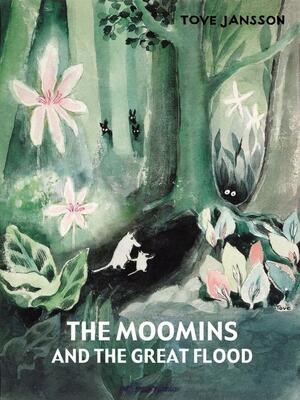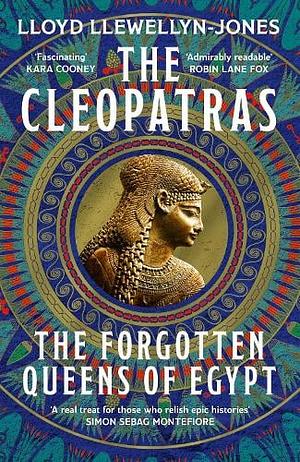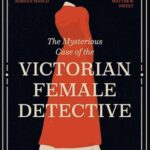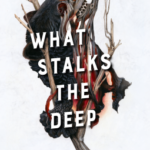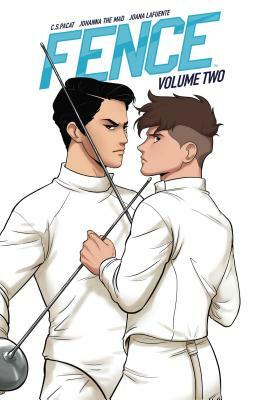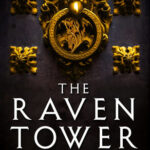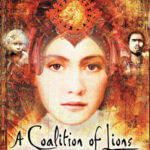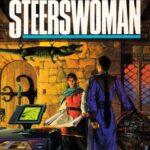It’s been a long time since I wrote any discussion posts, but I’ve been mulling over this topic lately. Especially with non-fiction, but sometimes with fiction as well, people get quite annoyed with the way I rate books. Back when I was on Goodreads, there was one guy who would often comment and note that he expected “better” of me (because of my English lit degree) when I didn’t like the classics or rated a book low just because I didn’t like the characters.
So first off, to set the scene, how do I rate? I rate the same for both fiction and non-fiction: did I like it? Did I enjoy it? I do not try to give anything some kind of “objective” rating, because I believe that’s very difficult — and also not useful to the majority of people who read my reviews. Most people who read my reviews don’t want to know if I thought Payment Deferred (C.S. Forester) was technically interesting, but whether it was enjoyable as a piece of classic crime fiction. Is it worth reading?
(The answer is “maybe”. If you’re particularly interested in inverted mysteries, it might be one for you. If you’d hate spending a whole book following around a murderer and watching how that splits his family apart, with everyone behaving horribly, then skip it.)
Instead, I give ratings that are consistent and over time can give you a picture of what I like and dislike, and you can then take me with a pinch of salt. There are a few reviewers I know whose ratings I don’t exactly agree with, but I know what they mean.
I got my rating system from Goodreads waaaay back when I was a teenager (I suspect we’re at over 20 years of me rating and reviewing books now, yikes):
- One star: disliked it
- Two stars: it was okay
- Three stars: liked it
- Four stars: really liked it
- Five stars: it was amazing
I know some people always disliked that scale, and ignored that way of rating books. I know authors tie themselves in absolute knots over getting a one-star review, as if it means anything other than “this reader didn’t like my book”. But I always liked the fact that it had plenty of room for nuance on books you get along with, and didn’t waste a lot of time with gradations of dislike, and that it’s focused on whether you enjoyed reading the book.
Is it fair to rate non-fiction books based on whether I liked them? Yeah. I’m reviewing for fun here. There are several non-fiction books I’ve liked which are scanty with their sources, but stylistically enjoyable. You take ’em with a pinch of salt and move on, enjoying the language or the flight of rhetoric as you go.
There’s one guy who is completely wetting himself over on Goodreads about a really old review of mine, about a non-fiction book, complaining that I wasn’t rating the book but my reaction to it. And: yep. Unashamedly, forever, yep. But I did also write extensively about why — the weird judgements of sexualities other than heterosexuality, the references to discredited research, etc. As I noted in the review, the research hadn’t yet been discredited at the time the book was written, but the signs were there: obvious biases in recruitment into studies, conflicts of interest, poor statistical literacy.
You can take my opinions on these things for what they’re worth. Reading on my blog, you know more or less who I am — queer; British (Welsh); in my thirties; studied English lit, biology and infectious diseases; lover of libraries — and a thinking reader can quickly ascertain what I’m about and where I stand, and thus what I bring to reading and reviewing. Can figure out, for instance, that I probably do have the chops to evaluate whether someone ought to have known a particular line of research was utter bullshit ahead of time. To study biology or infectious diseases, statistics is a necessity. I’m not good at math per se, but I got a first and a distinction respectively in my BSc and MSc courses on statistics. Put two and two together (as even I can do) and you’ll know whether I’m spouting bullshit or not.
As for objectivity… it requires a great deal of self-knowledge to get anywhere close to objectivity. Sometimes, I do step back and think, “Y’know, objectively, the writing is very beautiful.” And I’ll say so in my review, if that’s what I think.
But that’s not what you need to know, is it?
